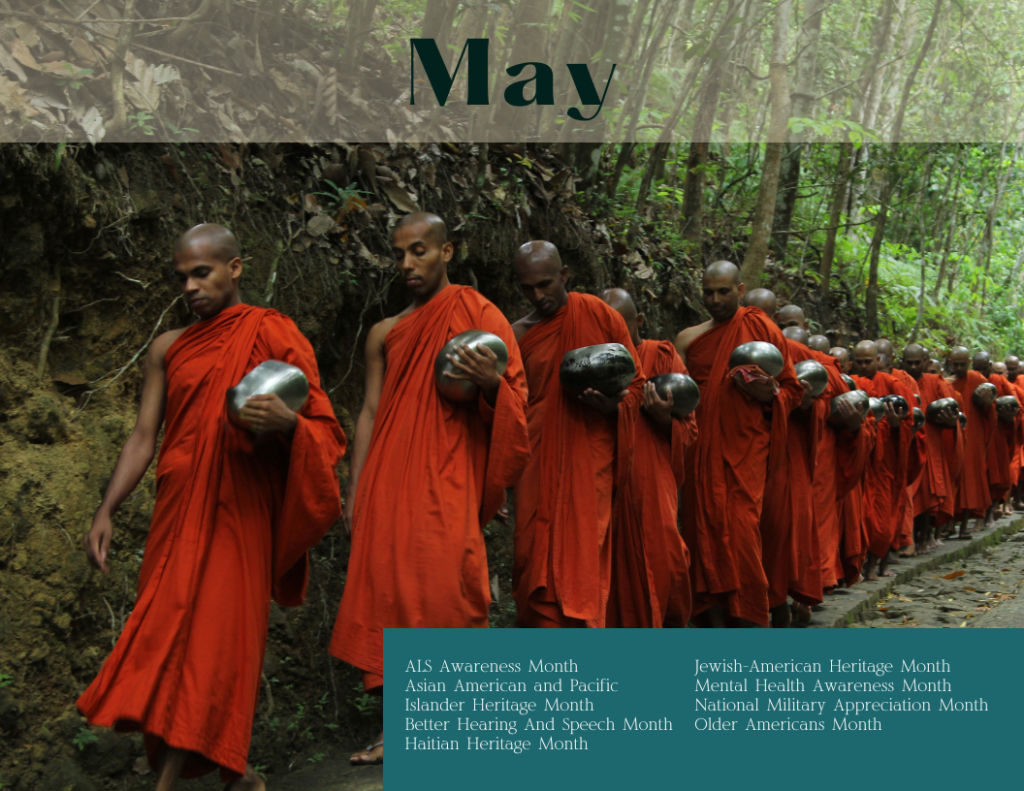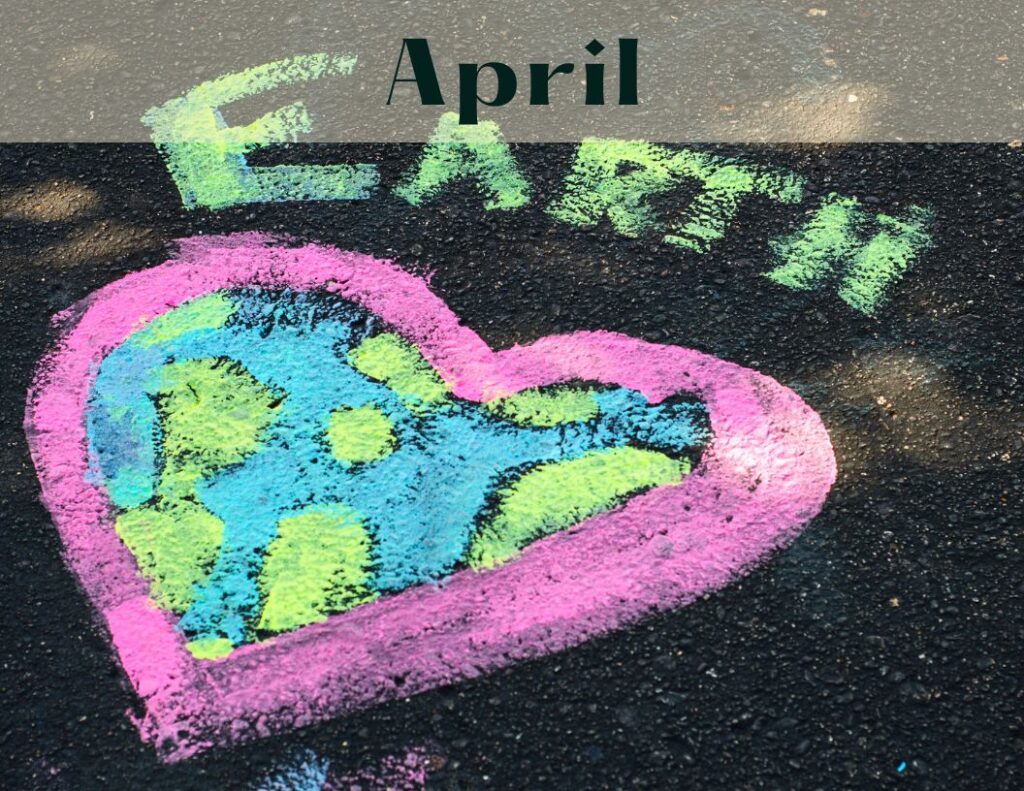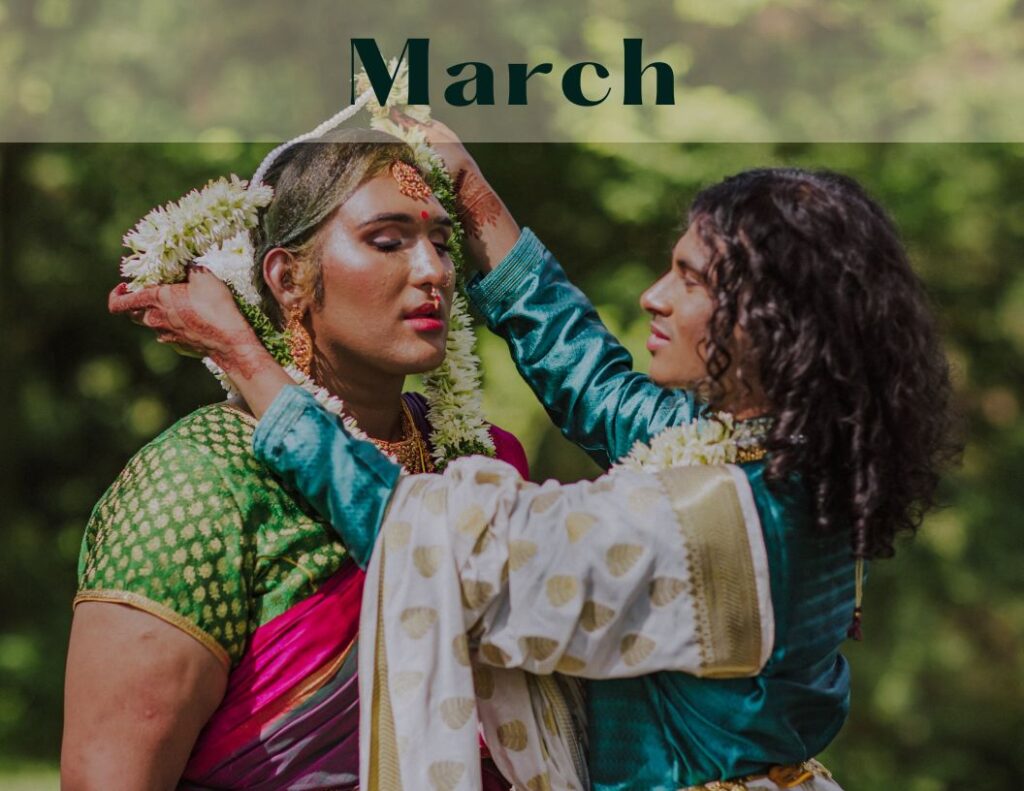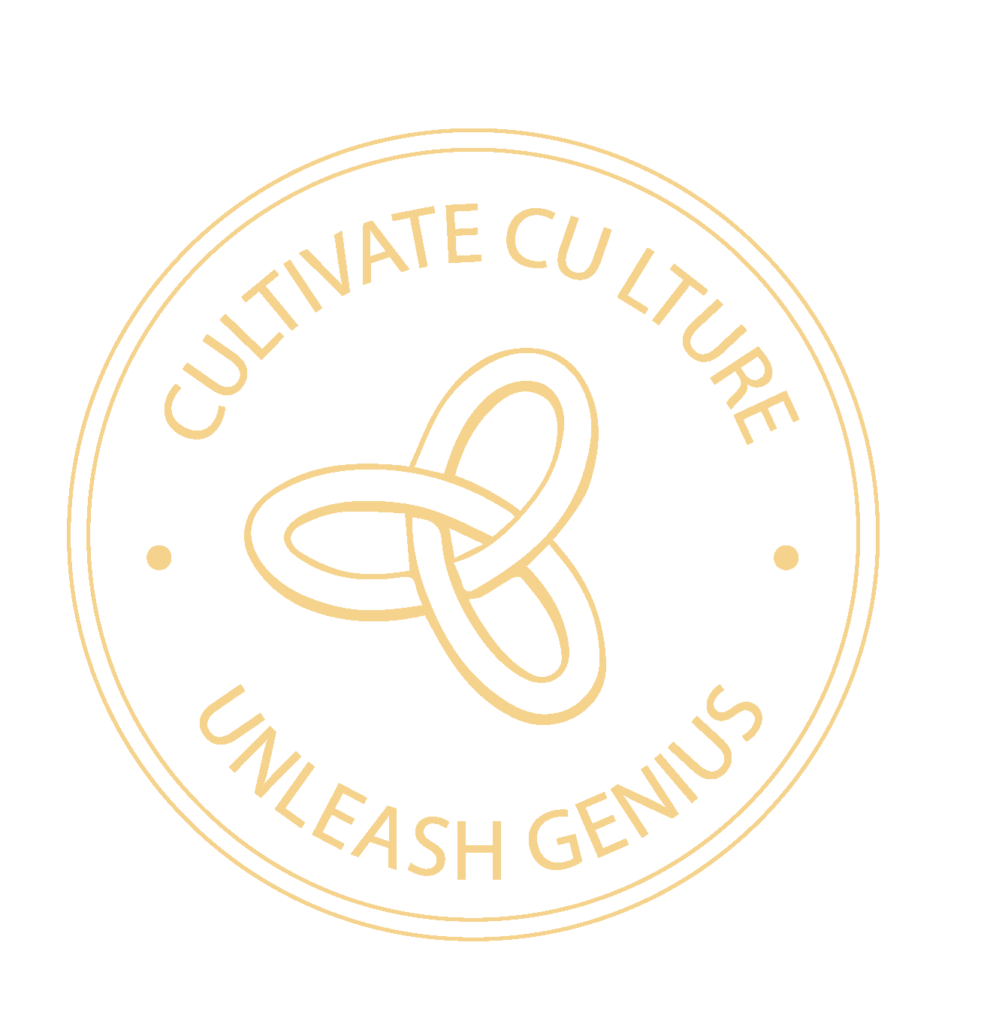Winning with Multigenerational Teams:
Collaboration, Innovation, and Leadership at Every Age
Thriving teams are built on the collective strengths of diverse individuals. Age, background, and life experience each offer distinct perspectives that, when brought together, drive creativity, resilience, and performance.
In May, as we recognize Older Americans Month and the World Day for Cultural Diversity for Dialogue and Development, it’s the right moment to reflect on the business-critical advantage of multigenerational and multicultural collaboration.
This isn’t just a values-driven approach; it’s a strategic imperative. At a time when some companies are retreating from people-focused strategies under the banner of DEI skepticism, organizations that stay committed to inclusive, human-centered leadership are the ones best positioned to lead and outperform.
Age Diversity Fuels Innovation
Innovation isn’t age-specific. It’s sparked by the tension and harmony between lived experience and fresh perspective. Leaders with long tenure bring pattern recognition, big-picture thinking, and insight earned over time. Colleagues newer to the workforce often bring unfiltered curiosity, tech fluency, and the ability to see what long-timers might overlook.
What Organizations Can Do:
- Create reciprocal mentorship models where colleagues from different generations share expertise and insight.
- Offer flexible career growth paths that allow late-career employees to stretch into new roles or mentor rising talent.
- Shift the narrative: Experienced doesn’t mean outdated. New doesn’t mean unqualified.
Example for Reflection: Imagine a cross-generational team where a younger product manager partners with a veteran operations lead. One brings a pulse on emerging trends; the other brings context and continuity. These partnerships often spark process improvements, boost engagement, and elevate performance.
Why It Matters for HR and L&D Leaders: Systems that intentionally support cross-generational work partnerships build resilience into succession planning and improve engagement across all tenure levels.
Cultural Diversity Unlocks Competitive Intelligence
World Day for Cultural Diversity is a reminder that difference is not disruption; it’s the source of insight. Teams rich in cultural perspectives make better decisions, respond faster to market shifts, and reflect the global clients they serve.
What Organizations Can Do:
- Embed cultural intelligence into leadership development. This goes beyond surface-level celebration and gets to the fundamental skill of navigating across differences.
- Position diverse teams at the center of innovation work. Cultural context is a strategic asset, not a compliance exercise.
- Ensure that diversity isn’t a side initiative; it’s baked into business decisions, customer strategy, and team design.
The Research: Companies with culturally diverse executive teams are 36% more likely to outperform peers in profitability (McKinsey, 2023). Not because of optics but because of more profound insight, better decision-making, and stronger market alignment.
Why It Matters for Senior Executives: Embedding cultural fluency at the leadership level equips decision-makers to compete in a globalized economy and engage effectively with increasingly diverse clients and workforces.
Collaboration Across Differences is Your Competitive Advantage
Cognitive diversity, or how people think, process, and solve problems, is a key ingredient of high-performing teams. It’s not about agreeing. It’s about thinking together in ways that stretch solutions beyond the obvious.
How to Maximize This Advantage:
- Build communication frameworks that support clarity and reduce friction across different styles.
- Align teams on shared goals while leaving room for varied approaches to success.
- Invest in psychological safety. Inclusion isn’t just representation; it’s creating the conditions for every voice to be heard.
The Research: Deloitte reports that diversity of thinking enhances innovation by 20%, reduces risk by up to 30%, and speeds decision-making (Deloitte, 2018). That’s not theory. That’s strategy.
Why It Matters for People Leaders: Teams that embrace cognitive diversity can navigate complex challenges faster, reduce decision fatigue, and innovate more effectively across functions.
Generational Identity as a Strategic and Cultural Asset
We’re living through a time when people-first leadership and inclusion efforts are being politicized and misunderstood. DEI work is often mischaracterized as giving unfair advantages or promoting underqualified individuals. However, the evidence tells a different story.
Research by Harvard Business Review shows that companies with inclusive cultures are more likely to attract top talent, improve team performance, and retain key leaders (HBR, 2019). Meanwhile, McKinsey reports a strong and positive correlation between diverse leadership and better financial outcomes. No reputable research exists to suggest that inclusive hiring or promotion practices lead to diminished performance or lowered standards. The data reveals that outcomes improve across the board when diverse individuals are supported with equitable access and development opportunities.
Each generation contributes a library of skills and bring cultural memory. Baby Boomers often embody a sense of institutional loyalty and are shaped by post-industrial optimism (Strauss & Howe, 1991). Gen Xers, raised amid economic volatility, bring a skeptical pragmatism and entrepreneurial spirit (Twenge, 2006). Millennials are purpose-driven and tech-forward, having entered the workforce in the shadow of recession and globalization (Pew Research Center, 2010). Gen Z, coming of age during the climate crisis and digitization, redefines work-life integration and demands authenticity (Center for Generational Kinetics, 2021).
These perspectives are not simply traits but reflections of lived historical context. When we ignore these worldviews, we risk building cultures that cater only to one dominant narrative. When we honor them, we gain a fuller picture of what modern leadership and collaboration can look like.
Prioritizing team diversity isn’t a check box corporate image strategy. It’s about building workplaces where insight multiplies, innovation thrives, and talent stays and grows.
Where Are You Leveraging Your Team's Collective Genius?
Diversity, inclusion, and collaborative leadership are not separate from business strategy. They are business strategies. Investing in multigenerational, multicultural, and cognitively diverse teams is a lever for sustainable performance.
Culture Refinery’s team development approach helps organizations improve communication, strengthen collaboration, and build trust and alignment that fuels real results.
Let’s talk about how to unlock the full power of your team.



